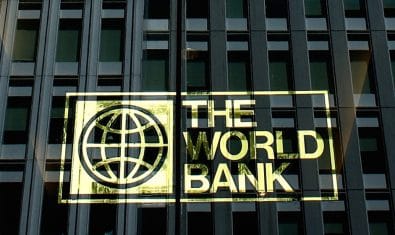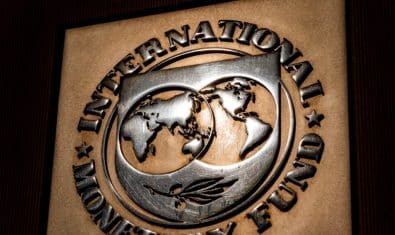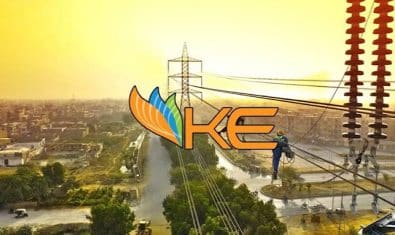The Finance Ministry has set a target of bringing the tax-to-GDP ratio to 20 percent in the next six to eight years against the ratio of 10.9 percent in the financial year 2020-21.
“Given the structural flaws in Pakistan’s tax system, the current Finance Minister’s commitment to bring the tax-to-GDP ratio to 20 percent is ambitious and extremely difficult,” said an expert.
Pakistan’s tax-to-GDP ratio was 9.6 percent in 2019-20, which was recorded at 10.1 percent in 2018-19. The COVID-19 outbreak affected economic activity and Pakistan’s GDP growth rate turned negative for the first time in history, affecting the tax rate, the effects of which will continue for the foreseeable future.
It is pertinent to mention that the average tax-to-GDP ratio in South Asia is 12 percent. To increase the tax-to-GDP ratio in Pakistan, the FBR has been extensively reformed several times and efforts have been made to simplify the tax system. However, the tax-to-GDP ratio in Pakistan has not been in double digits.
Compared to Pakistan, Nepal’s tax-to-GDP ratio is 19 percent, which is the highest level of tax-to-GDP ratio of any country in the region. Similarly, Bhutan is ahead of Pakistan with 16 percent, India and Sri Lanka with 12 percent. Even in a country like Afghanistan, the tax-to-GDP ratio is 9.9 percent, while in Bangladesh, it is 8.8 percent.
“The main reasons for the low tax rate in Pakistan’s GDP include discriminatory exemptions and tax incentives for various sectors, poor enforcement of tax laws, carelessness of taxpayers’ laws, and high reliance on indirect taxes. On the other hand, problems of tax administration and incompetence of tax authorities are also among the reasons for low tax rates in GDP,” he added.
He said that the sectors of agriculture, industry, and services play an important role in Pakistan’s GDP, but the proportion of these sectors in taxes does not match their economic role. For example, the share of agriculture in GDP was 19.4 percent in FY20, while the share of agriculture in taxes was less than 2 percent.
Along with smuggling and under-invoicing, tax evasion by the unregulated sector poses a serious challenge to the national treasury as well as private sector investment.
According to the French market research firm, IPSOS, illegal trade in five sectors in Pakistan is causing a loss of Rs. 310 billion annually to the national exchequer. These sectors include auto and lubricants, cigarettes, tires, real estate, pharmaceuticals, and tea.
According to IPSOS research, the illicit trade in autos and lubricants in Pakistan is costing the national exchequer Rs. 90 billion annually, Rs. 75-80 billion in illicit trade in cigarettes, Rs. 55-65 billion in undeclared trade in real estate and Rs. 45 billion in medicines. The illicit trade in tea is causing an annual loss of Rs. 30-35 billion to the national exchequer.
Tax evasion in cigarettes is causing more serious consequences than in other sectors. Pakistan has become the largest market for illegal cigarettes in 16 Asian countries, where 4 out of 10 cigarettes are being sold illegally by evading taxes. Tax evasion in the cigarette sector is also a challenge to the government’s health policy and measures to protect public health as, despite the proliferation of taxes on legal cigarettes, total cigarette sales in Pakistan remain at 80 billion cigarettes.
“Only with the strong political will and with the help of technology and digitization can Pakistan achieve sustainable economic growth by eradicating the illicit trade that has become a burden on the economy,” he reasoned.


























